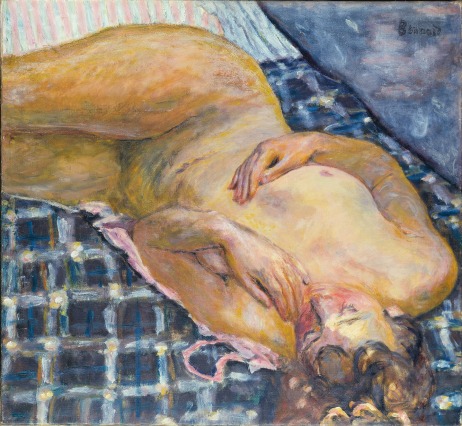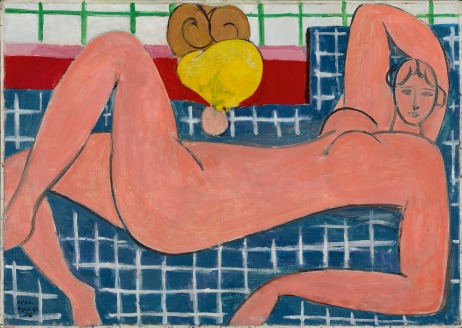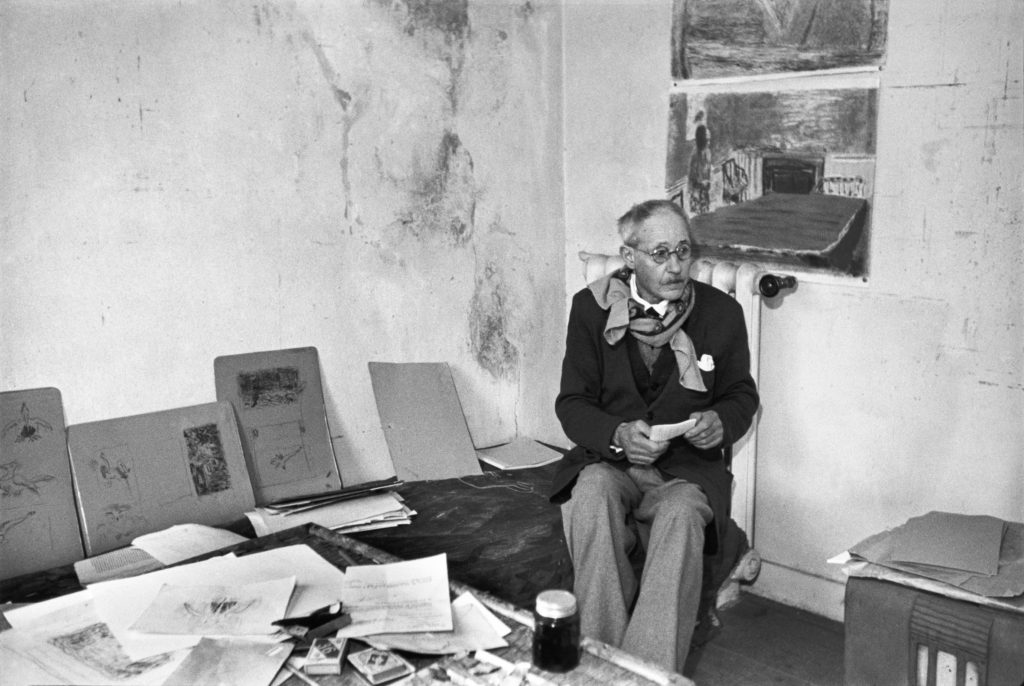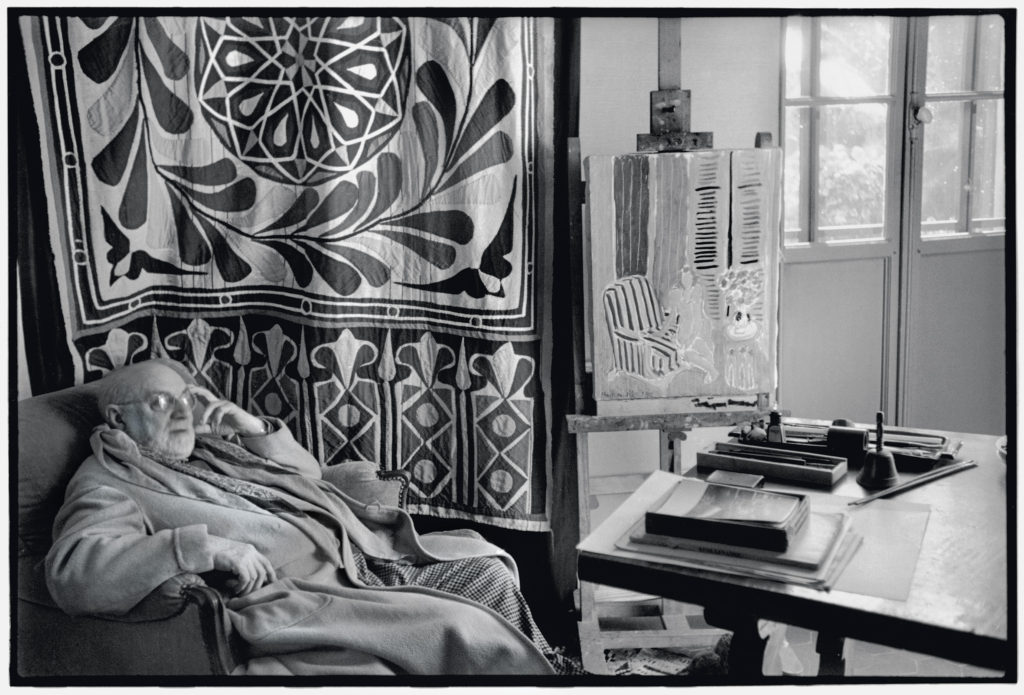 It has been almost a month now since I stopped in at the Staedel Museum during a layover in Frankfurt to see “Matisse–Bonnard: Long Live Painting!” but when I have mentioned it in conversation to curators, dealers and other people in the art world, many have not known about the connection between the two. So it seems worth it to discuss the show here.
It has been almost a month now since I stopped in at the Staedel Museum during a layover in Frankfurt to see “Matisse–Bonnard: Long Live Painting!” but when I have mentioned it in conversation to curators, dealers and other people in the art world, many have not known about the connection between the two. So it seems worth it to discuss the show here.
The artists enjoyed a friendship that lasted more than 40 years, the Staedel says, and they both “shared a preference” for interiors, still lifes and the female nude. (The show is organized around those themes.) Plus, I add, they were both great colorists.
The title – “Long Live Painting!†– is based on the rallying cry with which Matisse greeted his colleague Bonnard on 13 August 1925. Written on a postcard, these few words marked the beginning of a correspondence that lasted until 1946. The two artists had been friends since the beginning of the 20th century. They regularly visited each another and discussed their paintings together. After they had relocated from the Parisian metropolis to the Mediterranean, their contact further intensified. Together they shared a belief in the importance of reality as the point of departure of their works and were convinced that priority should be given not to the motif, but to its representation. Their longstanding intimacy was based on great sympathy and ungrudging appreciation of each other’s work.
The exhibit displays more than 120 paintings, sculptures, drawings and prints to show the dialogue between the two. No juxtaposition, though, can compete with the one that occurs as the climax of the exhibit–a room that displays Matisse’s Large Reclining Nude (1935) (above), from the Baltimore Museum of Art, and Bonnard’s Reclining Nude against a White and Blue Plaid (c. 1909) (above, top), from the Staedel, which inspired Matisse. They are both so brilliant!
The exhibition contained many more wonderful pictures; and if you can’t get to Frankfurt by Jan. 14, when it ends, the catalogue will go on sale in the U.S. in November. I’m going to post two wonderful photos of the artists in southern France that were also in the exhibit. From the wall text:
On 17 and 18 February 1944 the French photographer Henri Cartier-Bresson visited both Bonnard and Matisse at their houses on the Côte d’Azur. Matisse had already moved to the South of France in the winter of 1917 and lived in the Villa Le Rêve in Vence. Nine years later, Bonnard acquired a country house in Le Cannet, approximately 30 kilometers away. Since both artists owned cars, the distance presented no obstacle to regular visits. Cartier-Bresson’s photographs create a vivid sense of the two friends’ remarkably different personalities: they show Bonnard in the scarcely furnished rooms of his country house Le Bosquet, where he led a very reclusive life. Throughout, the reticent painter attempts to evade the camera, to reveal as little as possible. In contrast, Matisse appears as a self-confident bon vivant. The opulent interior of his villa – including luxurious furniture, carpets and bouquets of flowers – clearly evidence his love of luxury.
Matisse, the younger of the two, reinforced the intense friendship in 1911, when he bought Bonnard’s painting Evening in the Living Room. Bonnard followed suit a year later, when he purchased Matisse’s The Open Window. “Both artists kept these pictures for the rest of their lives,” the Staedel tells us.
One more quote from the wall texts–a statement by Bonnard’s great-nephew Antoine Terrasse:
A painting by Matisse leaps to the eye. Only slowly can we enter a painting by Bonnard.
How true.
For more information, here’s a link to the exhibit’s “digitorial,” which the museum suggests reading before coming to the show. (Max Hollein, who previously headed the Staedel, has started something similar at the Fine Arts Museums of San Francisco, where he is now director.) It’s very good.
Photo Credits: Courtesy of the Staedel Museum



